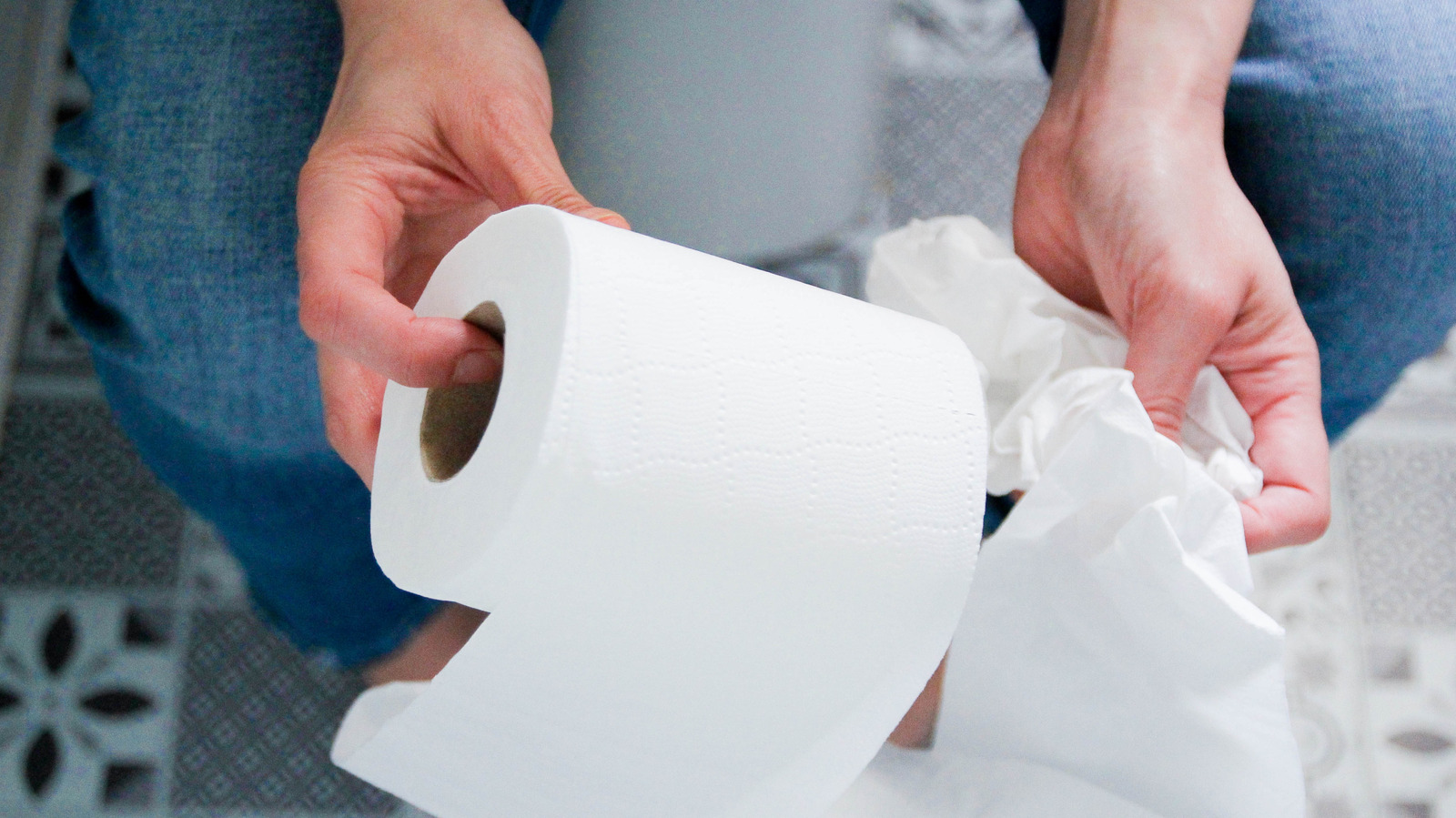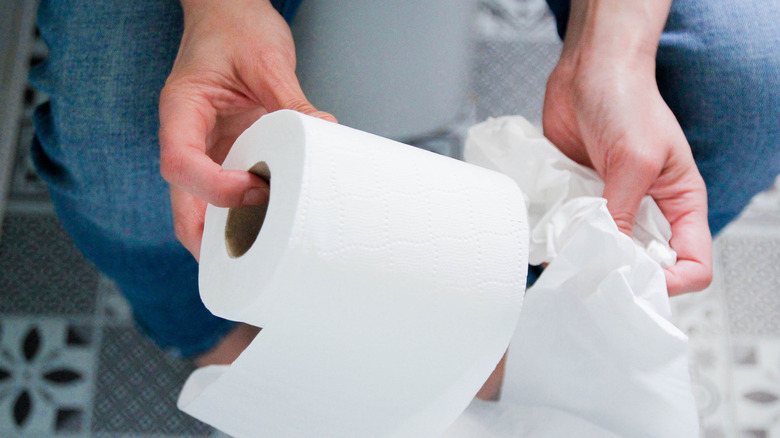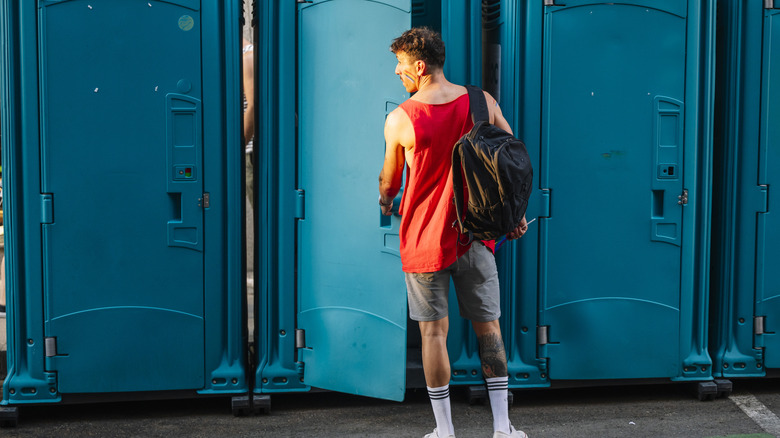
Eating Lots Of Vegetables Can Do This To Your Poop – Health Digest
Increasing your consumption of vegetables is a fairly reliable solution if you’re on a mission to get more nutrients. Vegetables generally tend to be filled with a variety of vitamins, minerals, protective compounds (like antioxidants), and other helpful substances. There’s just one hitch, though: Your uptick in veggies could lead to bathroom shock when you move your bowels.
If you’re unaccustomed to eating substantial volumes of vegetables, you might notice a change in the frequency, color, and texture of your stools. (You might experience a change in your urine smell and color, too — and your pee can reveal surprising things about your health as well.) While this is a normal systematic reaction to a sudden influx of new-to-your-body foods, it can be a surprise. That’s why it’s essential to understand what to expect upfront so your “number twos” don’t trouble you.
First, if you start eating lots of vegetables, you’re likely going to increase both your insoluble and soluble fiber intake. Insoluble fiber goes through your gastrointestinal system relatively unchanged. Soluble fiber absorbs water and keeps your waste bulkier so it holds its shape and moves steadily through your intestines and out of your body. Therefore, when you’re eating insoluble and soluble fiber, you’re promoting more efficient waste production, which could be a shock to your system.
Alterations in stool frequency and consistency
How could a vegetable-induced “fiber shock” manifest itself? One way could be by making your bowels cycle quickly. For example, prior to eating more vegetables, you probably had a predictable stool schedule, whether it was once a day or twice a week. (Find out how often you should poop, according to a gastroenterology expert.) After adding veggies (and fiber), you may discover that you need to use the bathroom more frequently. Again, this is a fairly normal result (although it might mean you have to purchase more toilet paper than you used to).
In addition to increasing the frequency of your “number twos,” you might find that your fecal matter is looser. According to gastroenterologist Dr. Michael J. Thomas in an interview with Everyday Health, this phenomenon can be especially annoying for exercisers who get the “runner’s trots” (diarrhea) when they work out. To avoid problems, Dr. Thomas suggested that “runners should trial such dietary items during training to assess intolerances.”
You don’t have to be a runner to be proactive and avoid watery stools by taking his advice. Simply increase your fiber consumption steadily rather than all at once. That way, your body will have the chance to get acclimated instead of being forced to try to handle a sudden influx of fiber, which can cause bloating and pain as well as stool changes.
Changes in stool color — and when concern is warranted
What about stool color? Depending upon the vegetables you eat, your stools may start to take on fairly unexpected colors, including green and orange. You can chalk it up to eating substances that cause vegetables to have vibrant pigments, such as chlorophyll, betanin (the reason beets are red), and beta-carotene.
All this said, you should stay on top of your bathroom visits because your stools can tell you quite a bit about your health, and serious poop symptoms shouldn’t be ignored by men or women. For instance, if your stools don’t start to firm up after you’ve been eating vegetables for a while, you may want to talk with your healthcare provider. Medications, conditions, and dyes can be common culprits for turning your bowel movements strange colors.
Ultimately, whether or not you feel you need to take action due to changes in your bowel movements depends on how you’re feeling and whether you have other troubling symptoms, such as nagging stomach pain. As gastroenterologist Dr. Christine Lee told the Cleveland Clinic, “If you feel normal and don’t have diarrhea, the majority of the time, colored stool stems from something you ate and will resolve without intervention.”





